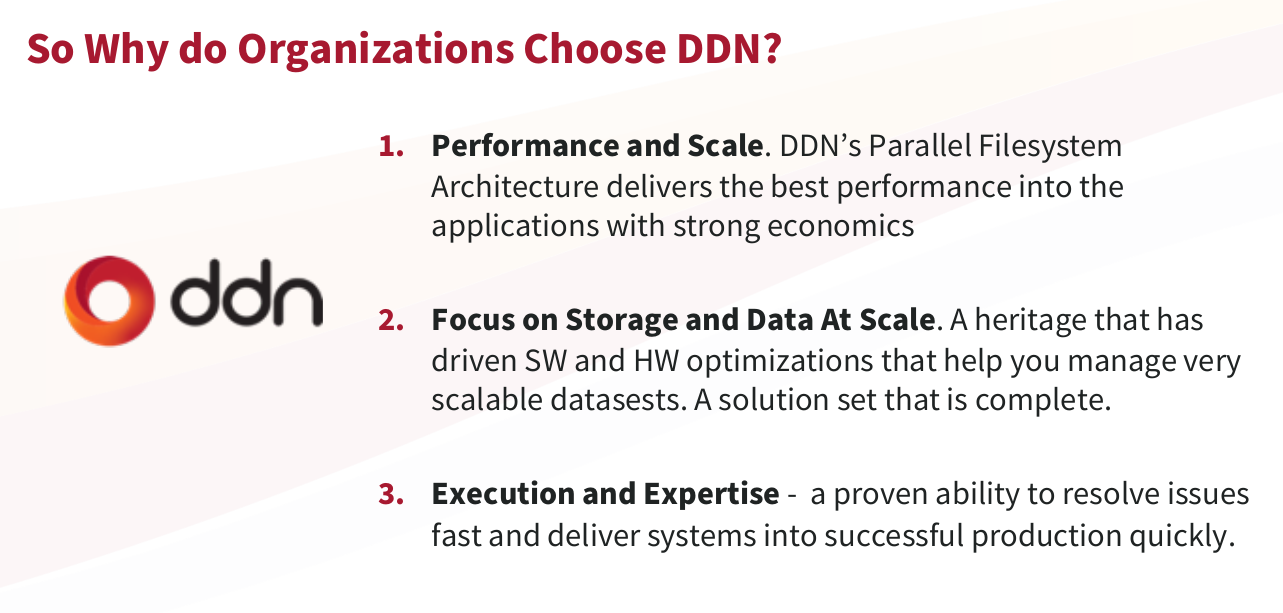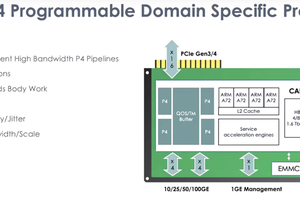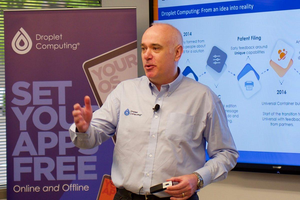Death to Murder Mystery Marketing

DDN presented at #AIFD3 earlier this month, and did a great job of keeping what they do a secret until the end of their presentation.
Please don't do this.
I call this the murder mystery approach to presenting, and tech companies do it a lot. It doesn't work very well because tech companies forget a vital part of the murder mystery approach: the murder.
Don't Keep Me Guessing
A murder mystery maintains suspense until the end for a big reveal of who the murderer really was. This is entertaining (for people who enjoy murder mysteries) because the author has created a puzzle, and gradually provides you with clues to solve it, but usually not enough. The story builds and releases tension, there are twists and turns, ups and downs. There might be a false ending, or a surprise twist, before finally all the pieces of the puzzle fall into place and all the tension is released. The puzzle is solved, and it feels satisfying.
The key detail that tech companies all seem to forget is that, at the beginning of the murder mystery, someone gets murdered. The murder is the entire reason for the story's existence, and it happens right at the beginning of the story. If you're going to use a murder mystery structure, you have to kill someone at the beginning.
Instead, tech company presentations do the equivalent of making you sit through 250 pages of obsessively detailed explanations of 18th century European geopolitics and the effect on international railway travel without first giving the detective main character a reason to be on a train in France.
It's really boring. The only puzzle you've provided is “why are you wasting my time?”
The good news is that it's easy to fix: Give the conclusion at the start.
Skip To The End
DDN had already done the work of figuring out the conclusion, they just left it at the end. The very last slide should have been first. Then, all of the middle would have made more sense, and I wouldn't have spent the whole presentation waiting for it to get good.

I understand the desire to set the context, and to explain how you arrived at your conclusion. There's plenty of time for that, so don't spend too long in exposition before you tell me what you found out. Give me a quick summary, and then you can go into the details of how you arrived at that conclusion.
When I'm writing something, I often spend several paragraphs warming up. I try to delete them before anyone else sees the writing, because that's just me talking to myself as I figure out what I want to say. My audience doesn't need to see it. It's boring. Any good editor should notice you doing this and encourage you to delete it.
There's nothing wrong with the “let's solve a puzzle together!” format for presentations. They're excellent, when they're done well. But it's a more advanced structure and I'd need to be very confident I've nailed what I want to say before I tried to use it.
Before you give your next tech presentation, have a look at your story structure. Are you about to give a murder mystery presentation? Did you remember to kill someone at the beginning?


